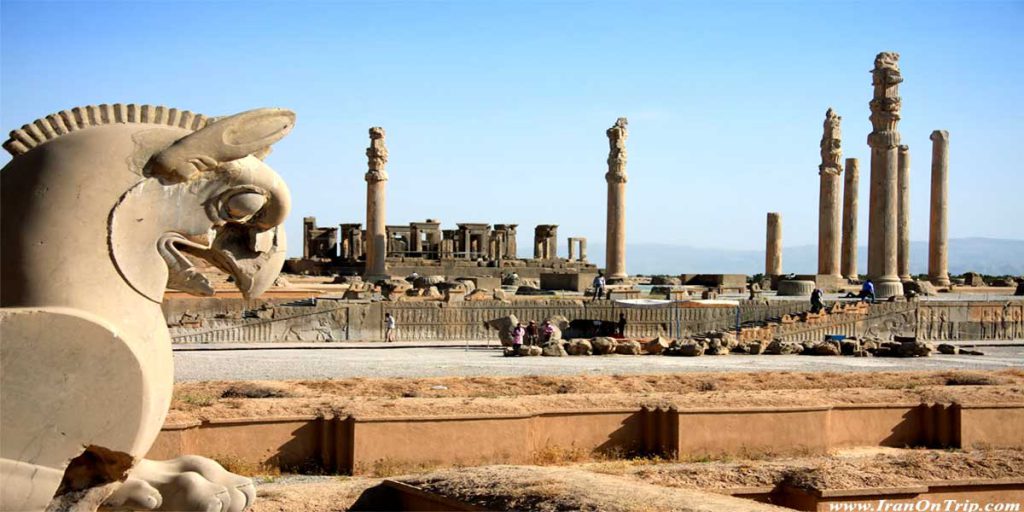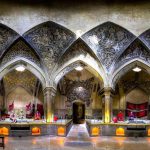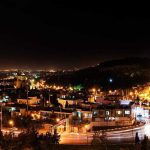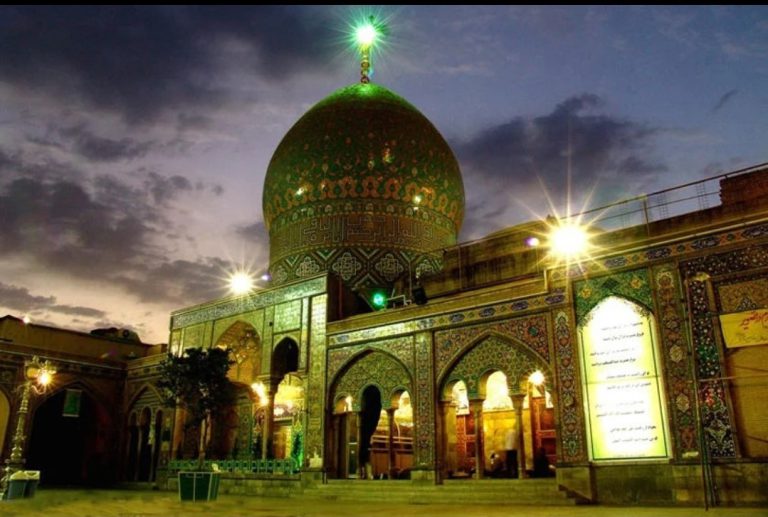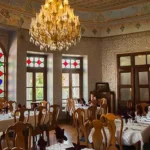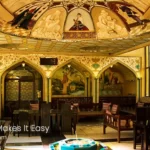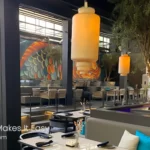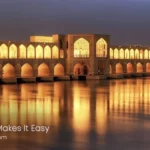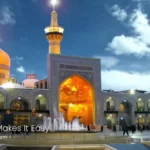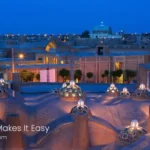Persepolis or “Takht Jamshid” is a symbol of majesty in ancient Iran and one of the sights of the beautiful city of Shiraz in Fars province. Perhaps the Persepolis area and the remaining buildings in it, can be considered as one of the most important historical sites of civilization in the world, and for this reason, scientists, archaeologists and prominent tourists from all over the world have traveled to Iran to visit Persepolis.
Story of Takht-e Jamshid
Takht Jamshid is a relic of the Achaemenid kings of Iran. Considering the greatness of the Achaemenid Empire in ancient Iran, which included a significant part of the eastern world, it is possible to understand the splendor of the capital of these kings in Persepolis.
What attracts the world’s attention to Persepolis is not only the historical age of this ancient building, but archaeologists have realized the progress of civilization in ancient Iran from the detailed study of the inscriptions and works obtained from this region. Also, the social laws of the Achaemenid era have surprised many history lovers.
Where is Persepolis?
Persepolis is located in an area with good weather near Marvdasht Shiraz in Fars province. Although many parts of Fars Province are hot, this region near Marvdasht has a cool and moderate climate due to its location in the mountainous environment.
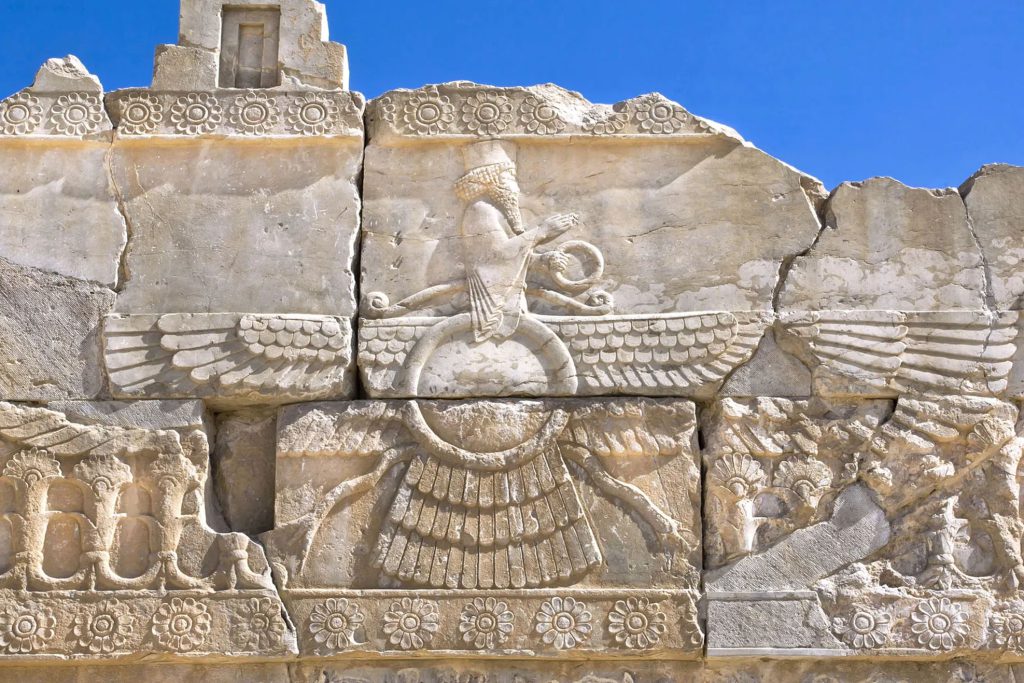
The best time to travel to Persepolis
Visiting Persepolis in the hot seasons can be annoying due to the open area of Persepolis and direct sunlight. The best time to travel to Persepolis is in the second half of the year and you can visit Persepolis until the end of April. To visit the historical area of Persepolis, it is better to choose the early hours of the day or to visit Persepolis in the afternoon after the weather has cooled down.
Read more: Step By Step To Get Iran Visa
Pillars of Takht-e Jamshid
One of the most famous remaining structures of Persepolis are the pillars and column heads discovered in Persepolis. These columns are very tall and heavy, and their construction method seems very interesting to architects and archaeologists.
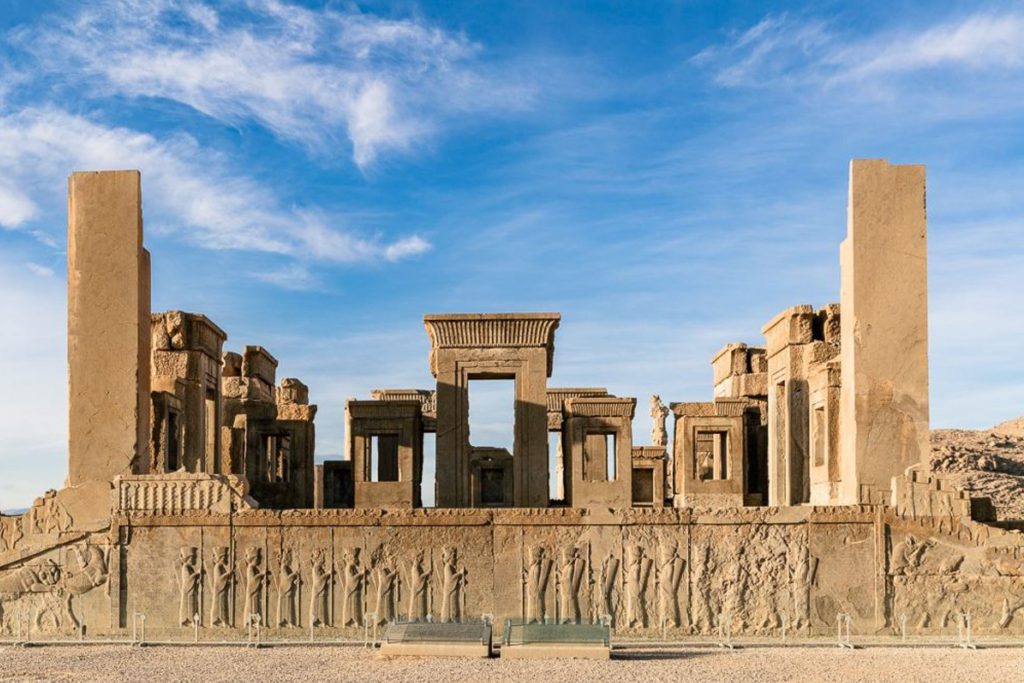
The site of Persepolis consists of different parts. In general, the buildings and palaces of Persepolis were built in the middle flat area and the south, southwest and east sides of this area. These sections include the entrance staircase, gate of nations, the treasury of Persepolis, the hundred-pillared palace or the throne hall, the palace of Xerxes Shah or Hadish, the H palace, the three-door palace or the central palace, the bar palace or Apadana, the exclusive palace of Darius or Thachar and the royal tombs
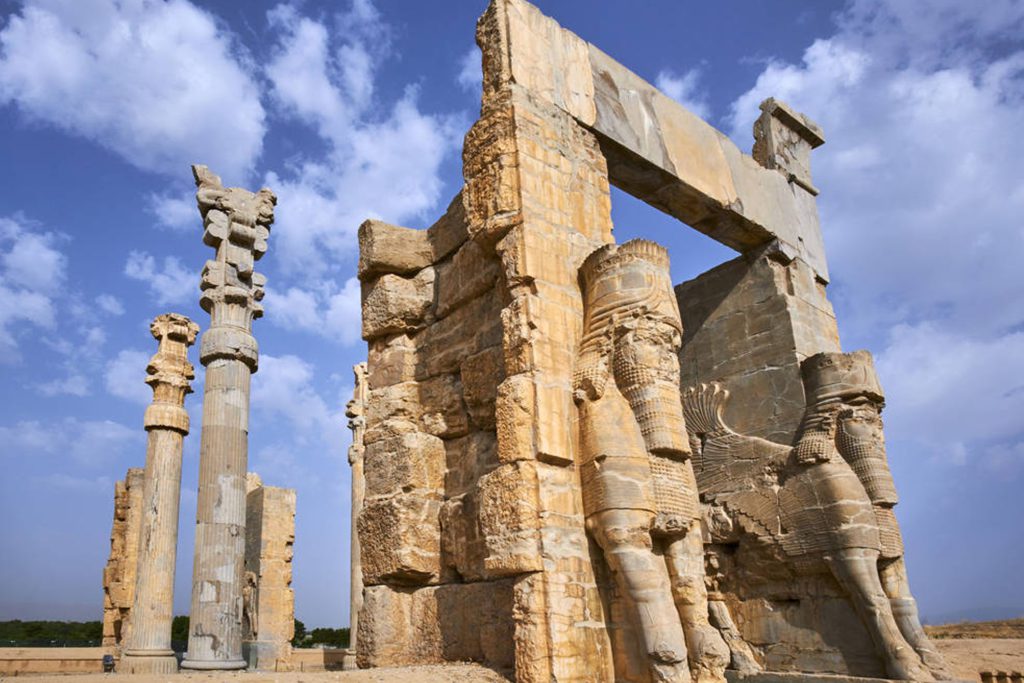
Persepolis before the destruction
The glory of Persepolis lasted until Alexander the Great invaded Iran. Almost 1000 years ago, Alexander the Great, attacked Iran with his troops and after reaching the capital of the Achaemenid kingdom, he looted the houses and burned the heritage of Persepolis. Alexander’s hatred of the powerful Achaemenid kings caused Alexander to set fire to the palace of King Xerxes. But the fire spread to other places and caused the destruction of large parts of Persepolis.

Before the destruction of Persepolis, the Achaemenid palaces and mansions were very scenic due to being located in one of the best places in Iran at the foot of Mount Rahmat or Mehr, which was also called Mitra, and had a beautiful view of the surrounding valleys and plains. Inside Persepolis, there was an area similar to a town, and the distance between the palaces was marked by a street. The interior design of Persepolis has been very advanced according to today’s engineering and architectural standards, and order and modern design can be seen in the division of interior neighborhoods. The palaces of Persepolis had different uses and each of them is used in different ceremonies and celebrations.

